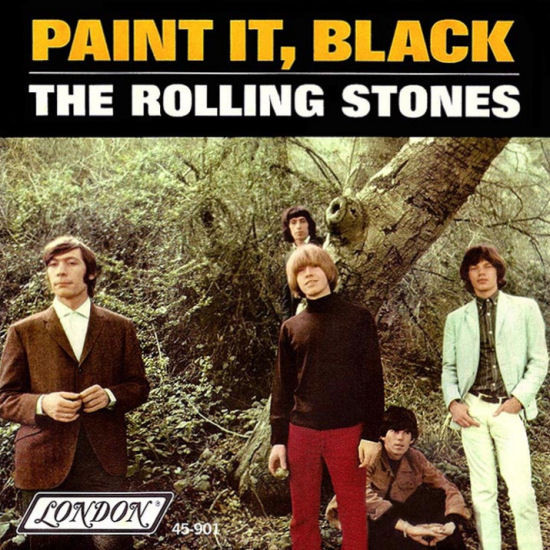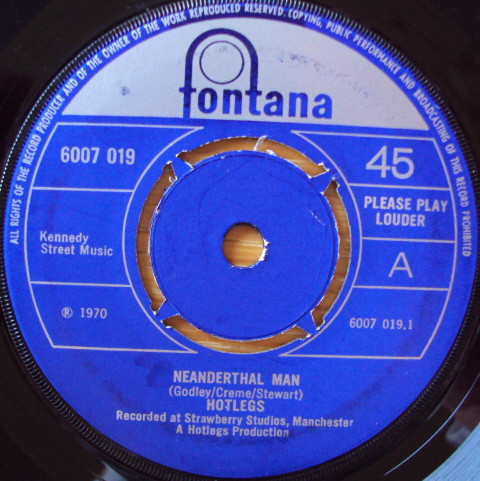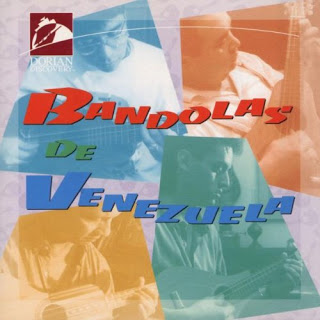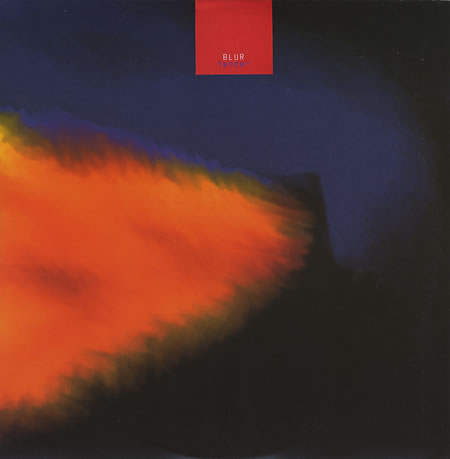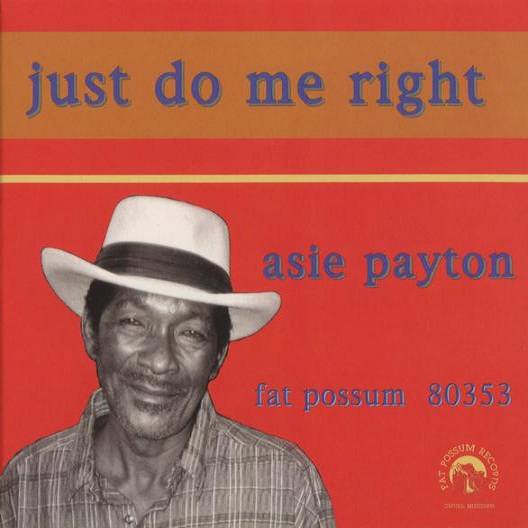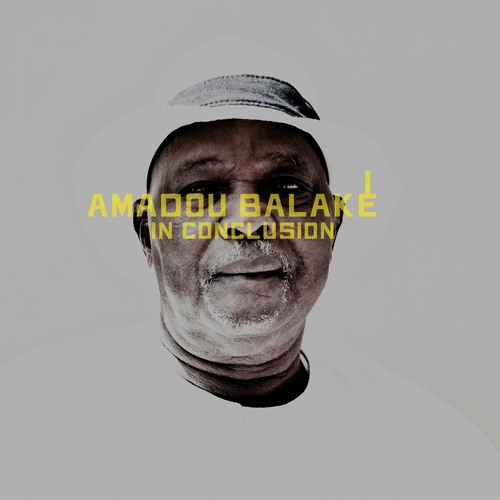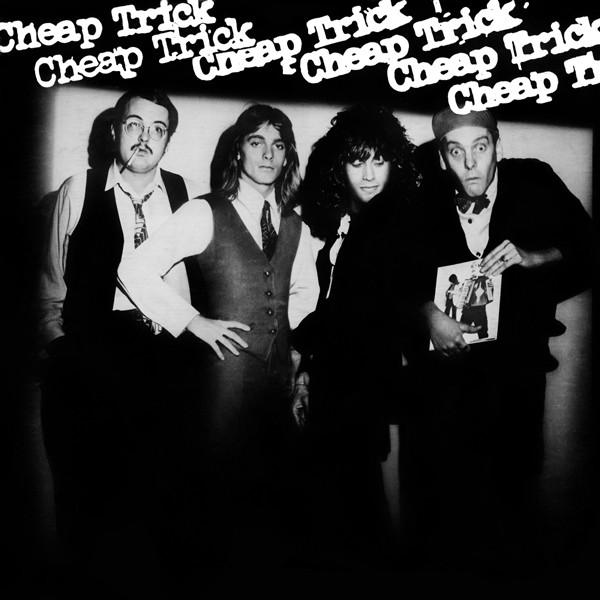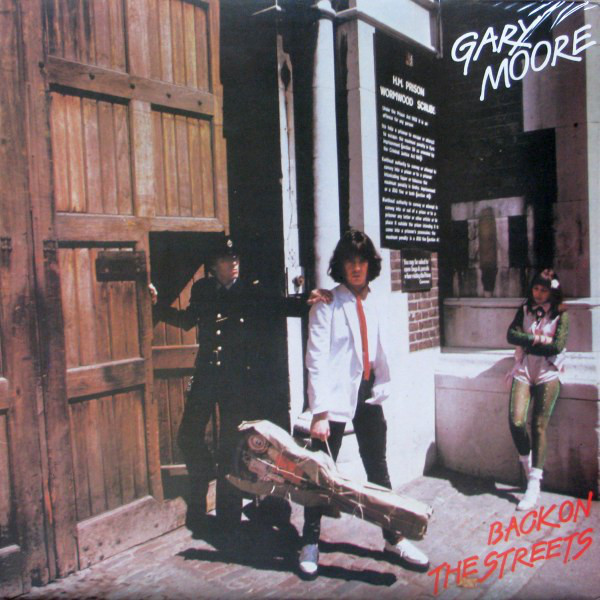
“Parisienne Walkways” (1978) – Gary Moore * Written by Phil Lynott and Gary Moore (Kenny Dorham uncredited) * 45: “Parisienne Walkways” / “Fanatical Fascists” * LP: Back on the Streets * Produced by Chris Tsangarides and Gary Moore * Label: MCA * Charts: UK singles (#8)
The most famous song by late Irish guitar hero Gary Moore had a central melodic hook that had been written by jazz trumpeter Kenny Dorham as “Blue Bossa” and first released only twelve years previous. Somehow it’s managed to avoid any publicly known legal hubbub. If there were a case, Moore’s legal team likely would have defended it according to the Rod Stewart Principle (see “Da Ya Think I’m Sexy” and “Wrong Side of the River”), wherein musical arrangements receive no protection under copyright law while lyrical content and vocalized melodies do. “Parisienne Walkays” also contains passages sung with original words by Thin Lizzy’s Phil Lynott, which also likely helped Moore tapdance past an argument. Still, would it have hurt so terribly much to have given credit where it was due? Aside from that, we can remember “Parisienne Walkways” as a recording by an Irishman about France using a melody written by an African American to evoke Brazil.

